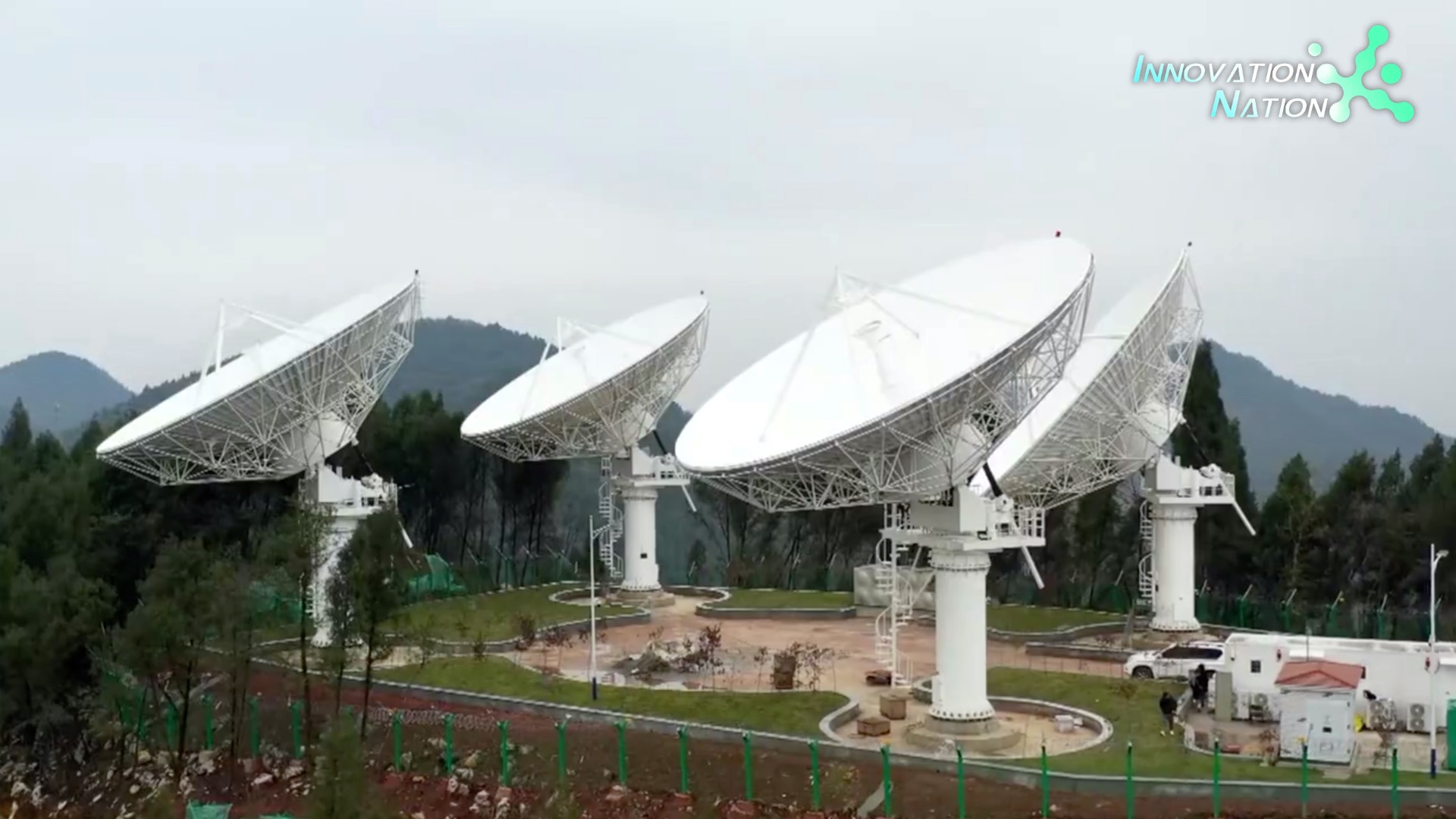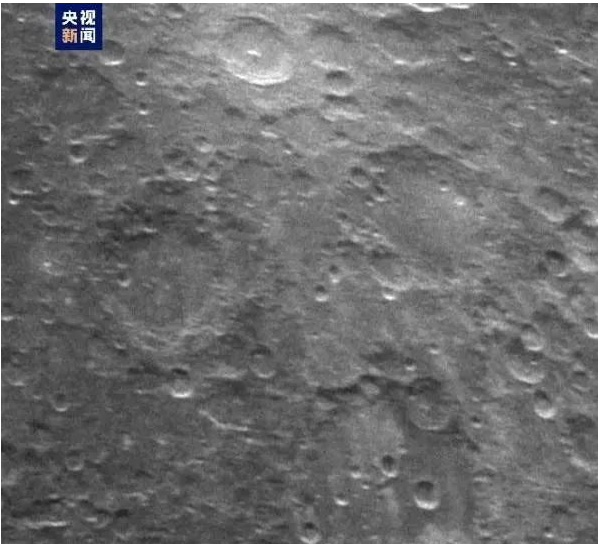00:49

Construction began Tuesday for the second phase of China's deep space observation radar facility, dubbed "China Compound Eye," in southwest China's Chongqing Municipality, according to the Beijing Institute of Technology (BIT), which is leading project construction.
Covering an area of over 300 mu (20 hectares), the new phase involves the construction of 25 high-resolution radars, each with a diameter of 30 meters, and is expected to be completed in 2025.
The China Compound Eye facility will be used to observe and capture images of deep space objects with high resolution, including asteroids, the moon and Earth-like planets, serving the country's near-Earth asteroid defense work and planetary science research.
It is expected to be the world's most far-reaching radar facility able to observe asteroids tens of millions of kilometers away.
The project is a breakthrough in the radar technology, said Professor Zeng Tao of BIT.
Zeng said an insect's compound eye is coordinated by several small eyes, which can be processed by the brain to realize remote observation. Likewise, multiple radars comprise the China Compound Eye to realize synergetic observation, breaking the limitation of power and aperture of conventional radar and realizing longer-distance deep space detection.
Each radar unit of the project has an independent antenna aperture, transmitter and receiver, which are connected to each other through a synchronous distribution link and the intelligent control system.
A three-phase project

The 3D radar map of an area of lunar craters captured by China Compound Eye. /China Media Group
The 3D radar map of an area of lunar craters captured by China Compound Eye. /China Media Group
The construction project has three phases, with four 16-meter-diameter radars completed last December in the first phase. Its first 3D radar map of an area of moon craters was then released by compiling observation data from the radars.
After the completion of the second phase, the third phase "plans to form a large-scale scientific facility consisting of hundreds of radars, with a detection range of 150 million kilometers, to achieve China's long-term leading edge in the field of deep space detection radars," said BIT.
(With input from Xinhua)